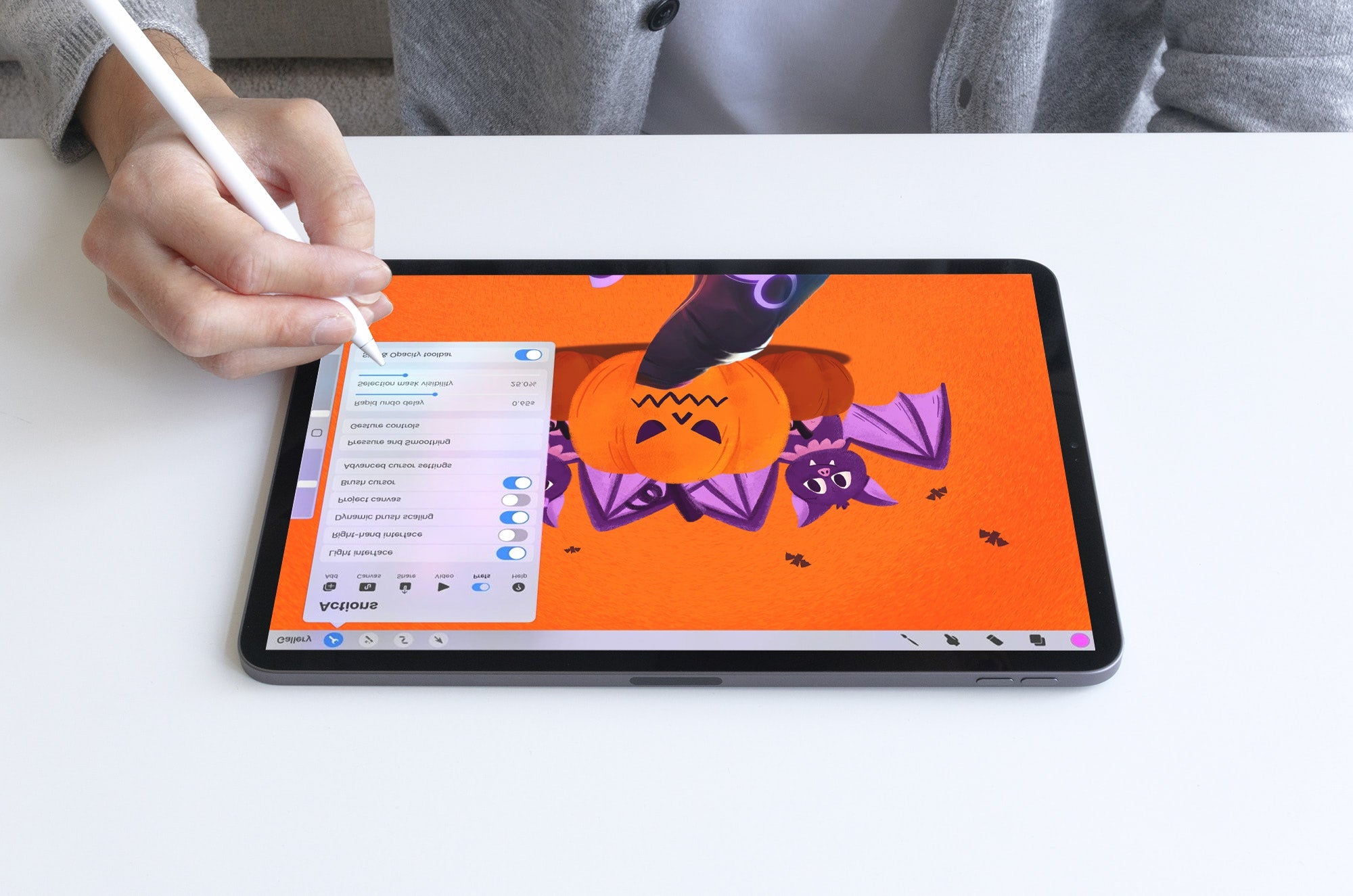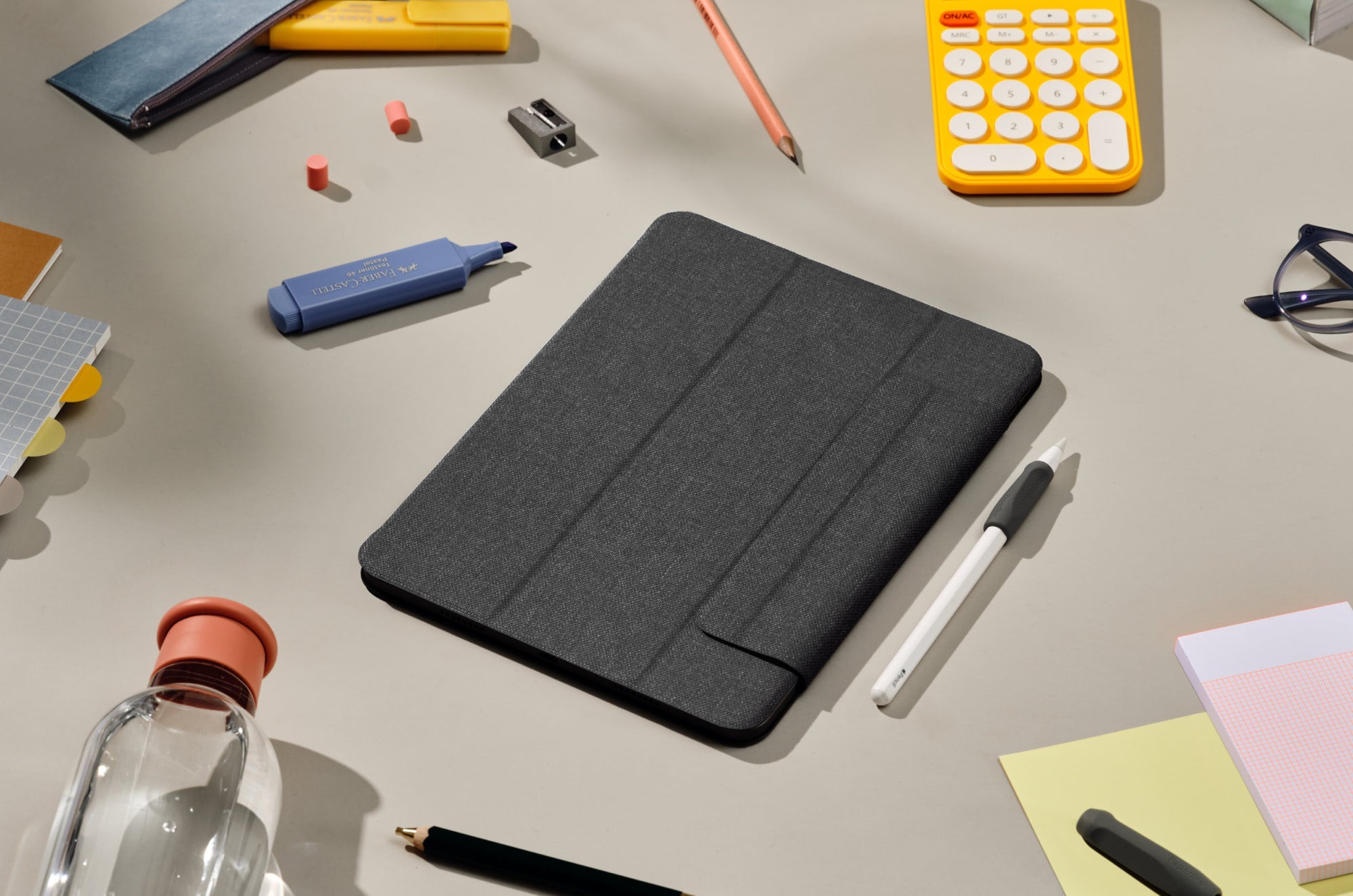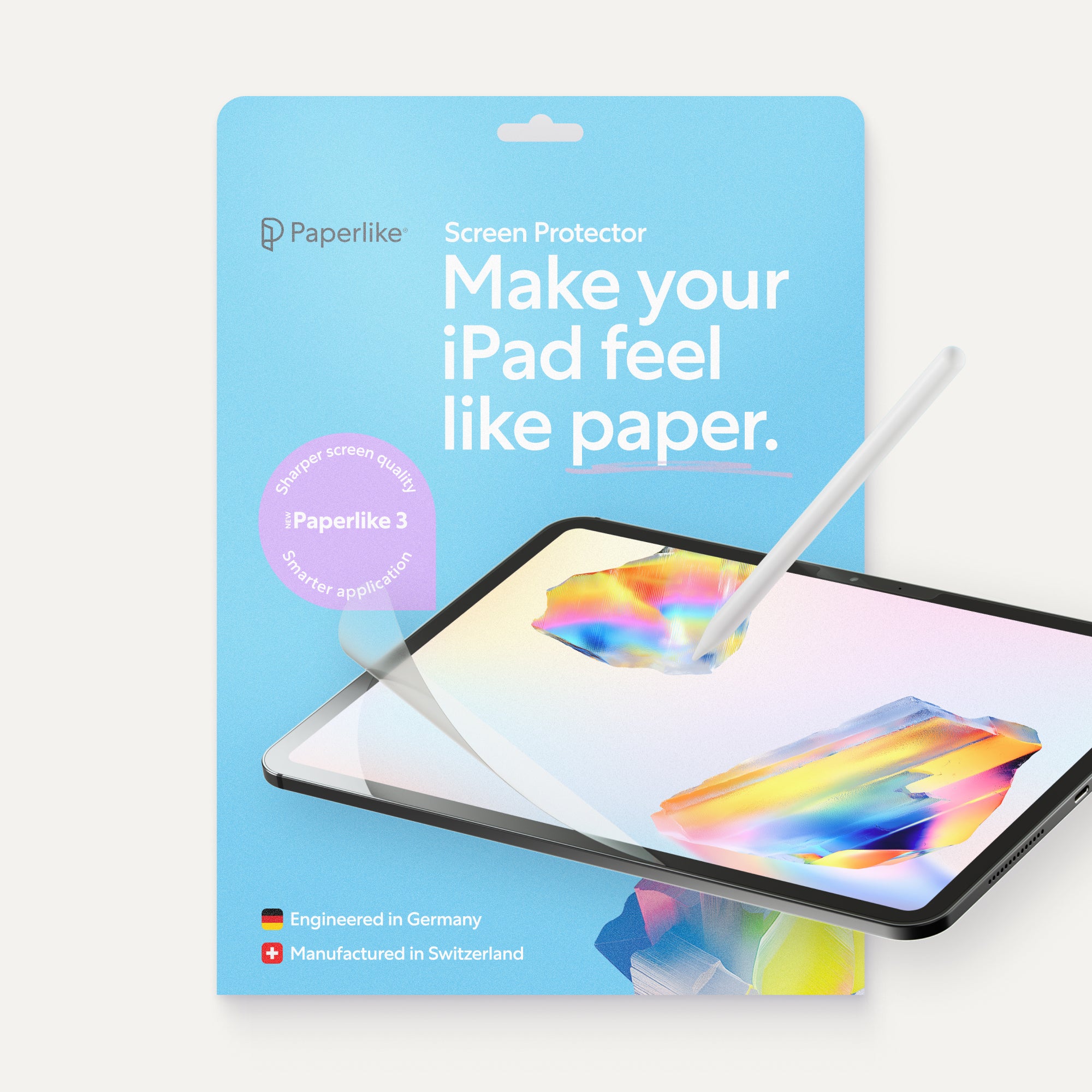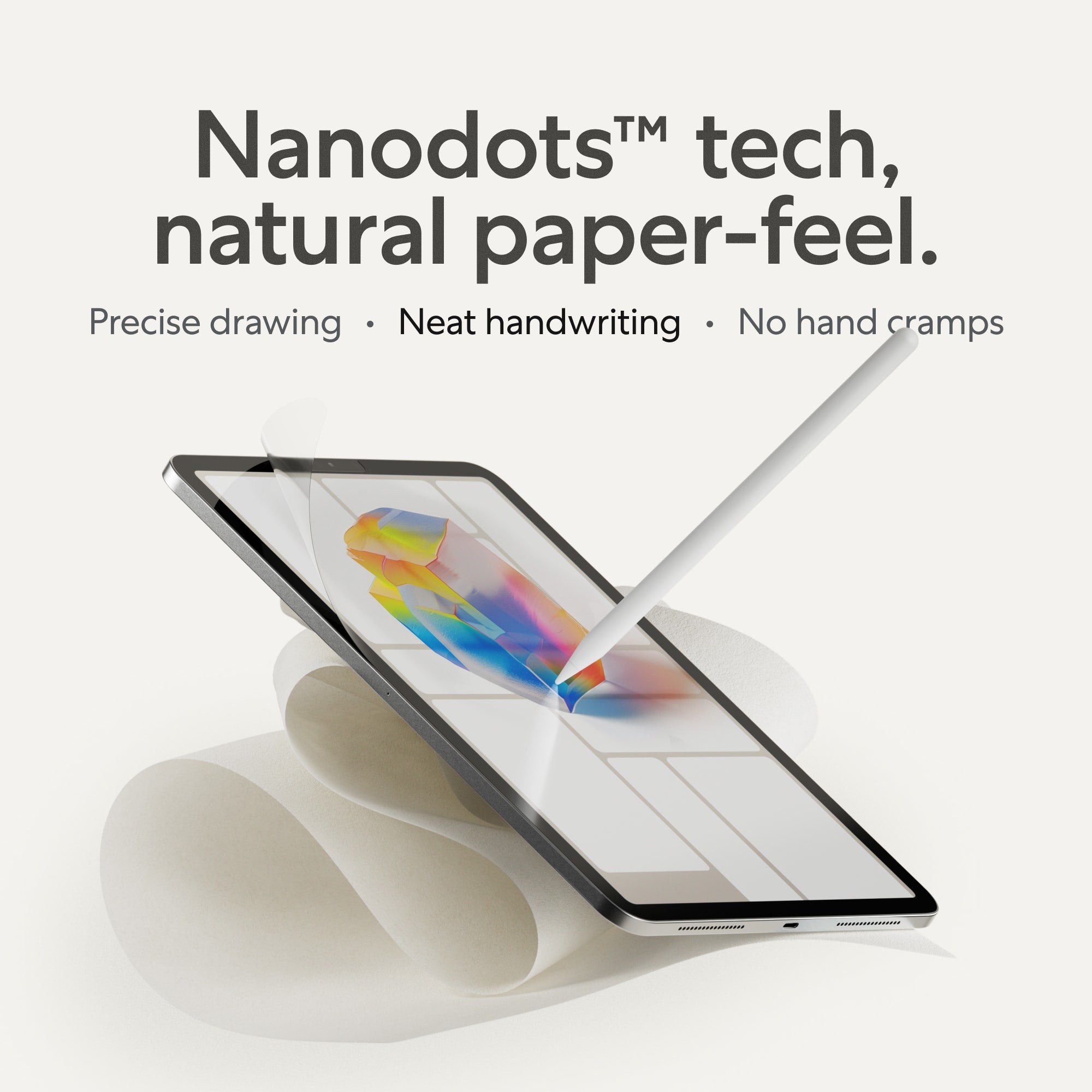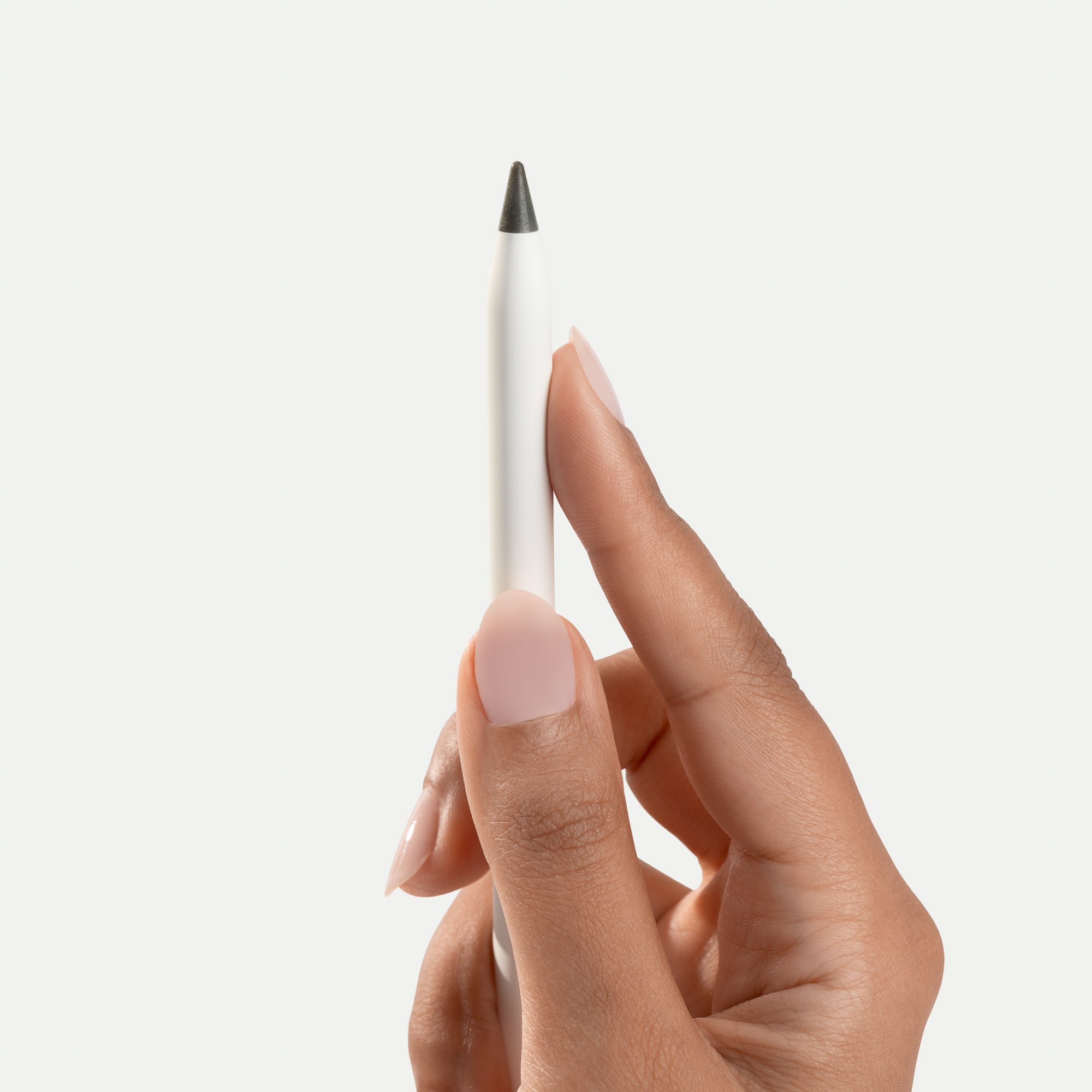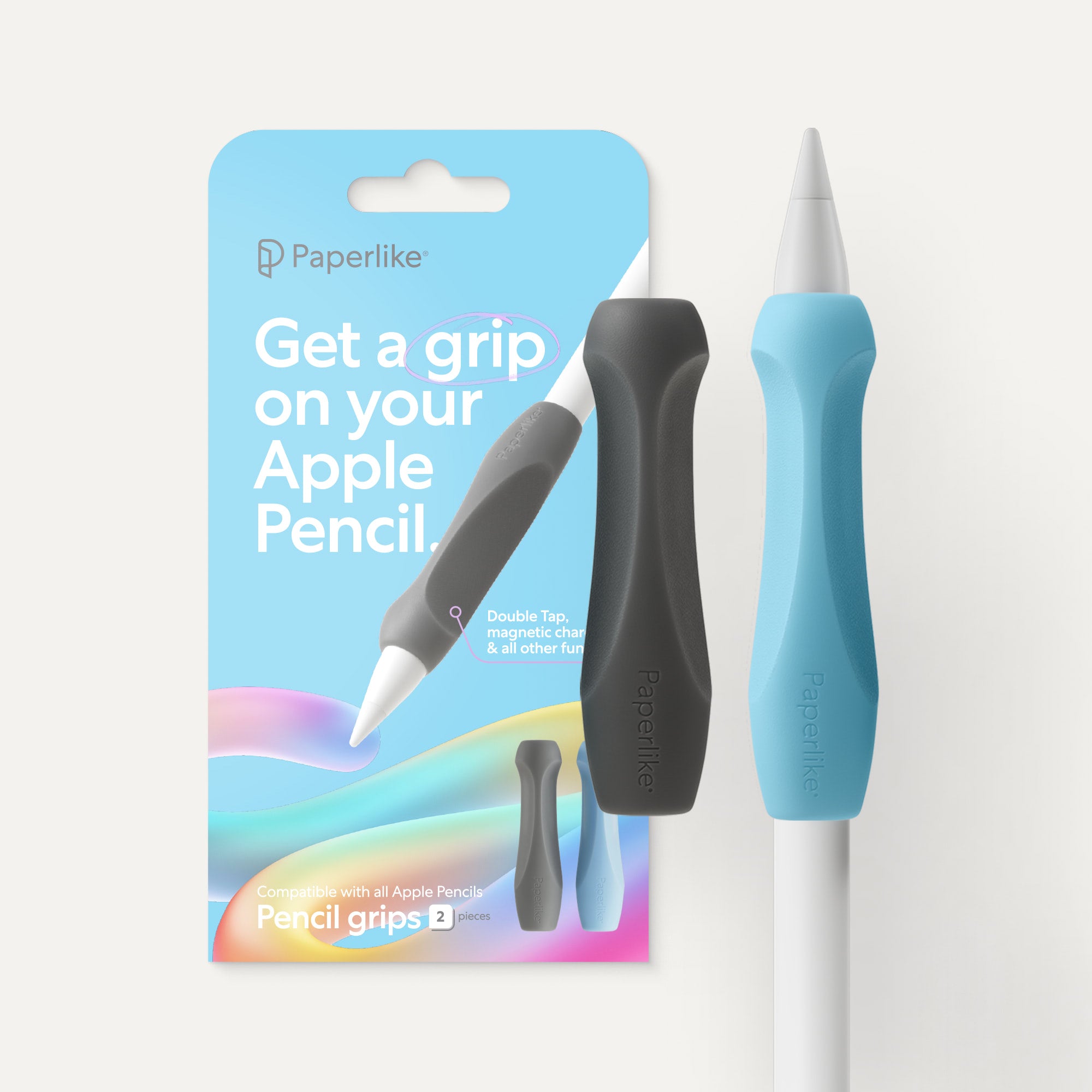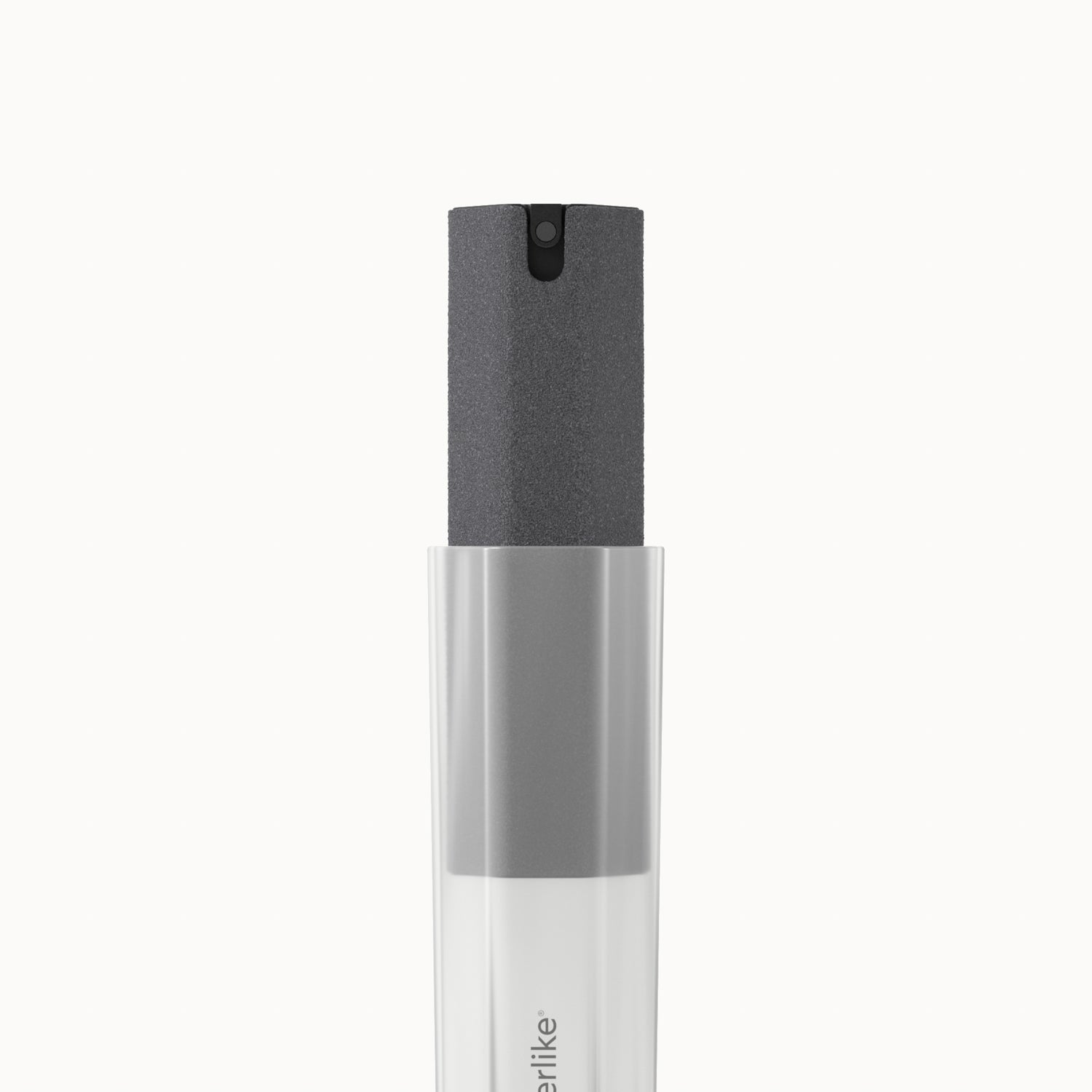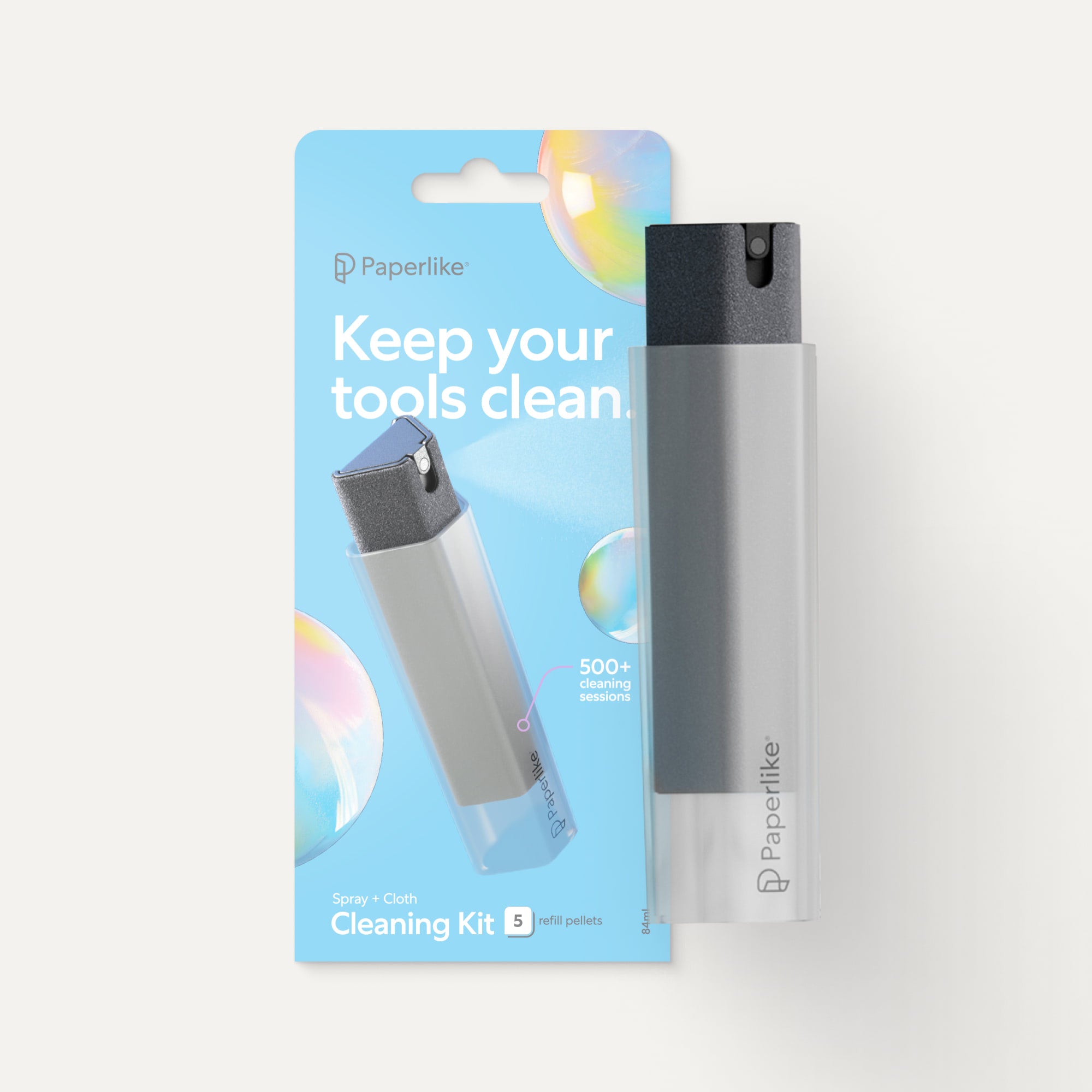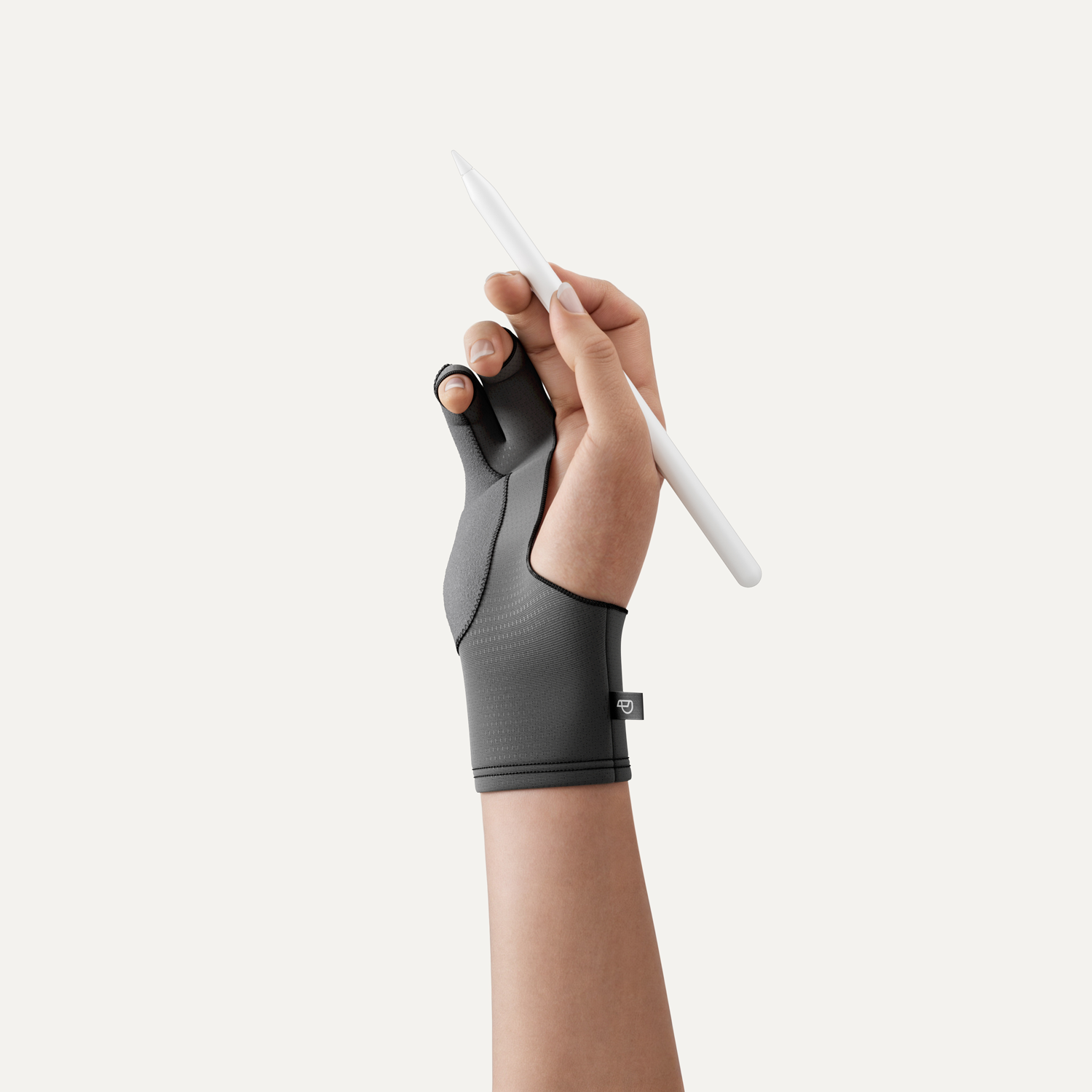Meetings are the heartbeat of professional life, where ideas are born, decisions are made, and progress is charted.
But how often have you left a meeting only to realize that the valuable insights and critical action items are fading from memory?
This is where the art of taking effective meeting notes comes into play.
In this guide, we’ll cover 11 tips to help you take the best meeting notes.
Let’s get started.

The basics
Before we dive into how to take better meeting notes, you need to know the basics. Here are three things you need to understand:
What are meeting notes?
Meeting notes are basically just written records of what transpired during your meeting.
They capture key information, discussions, decisions, and action items. Think of them as a snapshot of the meeting's content, designed to help you remember the essentials.
Meeting notes vs. meeting minutes
It's crucial to differentiate between meeting notes and meeting minutes, as these terms are often used interchangeably. While they share the common goal of documenting meetings, they serve different purposes and levels of formality.
Meeting notes are typically informal, concise, and user-centric, focusing on clarity and your individual or team needs.
Meeting minutes are formal, detailed, and structured, often used for legal or official purposes.
In this guide, we primarily focus on meeting notes because they are the more practical and flexible choice for everyday professional use.
Benefits of taking meeting notes
There are many advantages to taking great meeting notes.
Here’s what you can expect:
- Enhanced productivity. Meeting notes keep you on track and organized. They serve as a roadmap for action items and follow-ups, making post-meeting confusion a thing of the past.
- Improved communication. Well-structured notes make team communication a breeze. No more lengthy explanations; everyone quickly gets what happened in the meeting.
- Knowledge retention. Meeting notes are like your team's memory bank. They preserve insights and decisions for future reference, helping new team members get up to speed and preventing crucial information from getting lost.
- Accountability. Clear documentation of action items and responsibilities holds team members accountable for their commitments, fostering a culture of responsibility and productivity.
Now that we've covered the basics, it's time to explore the practical tips and techniques for taking meeting notes that truly work.

1. Prepare ahead of time
Effective meeting notes start with thoughtful preparation.
Getting your notes set up and jotting down some information before the meeting begins can significantly boost your ability to capture key information and contribute meaningfully to the discussion.
Here's how to make the most of your pre-meeting notes:
- Review the meeting agenda. If an agenda has been provided in advance, it's your roadmap for the meeting's structure. Carefully go through it to understand the topics, goals, and order of discussion. This will give you a head start in processing the information during the meeting.
- Organize your thoughts. Consider the meeting's objectives and think about what you want to achieve or discuss. What questions or concerns do you have related to the meeting's topic? Jot down these thoughts to guide your contributions during the discussion.
Pre-meeting notes help you hit the ground running. By taking a few moments to prepare, you'll find that you can actively engage in the meeting from the very beginning, making the most of your time and that of your colleagues.

2. Choose a notetaking method
Choosing a notetaking method is not just about preference; it’s a strategic decision that impacts the quality and usability of your notes.
A structured notetaking method helps you maintain clarity in your notes. When you revisit your notes later or share them with colleagues, the important details are organized, making it easier to understand and act upon.
The method you choose can mirror the flow and structure of the meeting. Here are some tried-and-true methods, along with guidance on when to use them:
- Cornell method. The Cornell method distinguishes main ideas from supporting information by splitting the page into two columns. In the left column, jot down the main ideas and key points discussed during the meeting. Record details, explanations, or supplementary information related to the main ideas in the right column. It’s ideal for in-depth discussions.
- Outline method. When you have the meeting agenda in advance, you can start by outlining the agenda's key points before the discussion. (See tip #1.) As the meeting progresses, you can add additional details or subpoints under each key point. It’s ideal for maintaining a clear structure and ensuring your notes align with the meeting's flow.
- Quadrant method. With this method, you’ll split your meeting notes into four quadrants: discussion notes, issues and decisions, action items, and questions that arise during the meeting. It’s ideal for more comprehensive notes covering talking points and action items.
- Slide method. If you know that you’ll be attending a presentation with slides, ask for a copy of the slides ahead of time. Add your comments, insights, or key takeaways to the slides during the meeting. This is ideal for visually-oriented meetings with presentations.
Keep in mind that the notetaking method you choose may change based on the nature of the meeting.
For collaborative discussions or one-on-one conversations, you might opt for a more flexible approach. For team meetings, especially those with recurring topics, templates can help standardize your note format and ensure consistency over time. (More on templates below.)

3. Use a template
In the world of business, consistency and efficiency are your best friends. Once you’ve chosen your preferred notetaking method or format, you can use a template to make your life easier.
Templates streamline the structuring of your notes so that you're ready to go when the meeting begins. You can also share the template with all meeting participants to promote note uniformity.
Many notetaking apps, like Notability and Noteshelf 3, offer premade templates. You can also explore platforms like Etsy for a wide selection of meeting note templates that suit your unique needs.
If you can’t find one that you like or you prefer to create your own, here are a few of the key meeting items that you’ll want to record:
- Meeting name. Clearly state the meeting’s name or title for context.
- Purpose of meeting. Summarize and recap the meeting’s objectives.
- Meeting date and time. Record the date and time of the meeting for chronological reference.
- Meeting attendees. List participants for clarity and accountability.
- Agenda items. Create a structured roadmap of topics to cover.
By integrating these key meeting items into your template, you create a structured and comprehensive foundation for your meeting notes. Your notes will be well-organized, informative, and standardized, whether you're the sole notetaker or collaborating with a team.

4. Stay on track with the agenda
Meetings can often be a lively exchange of ideas and discussions. But capturing the essence of these discussions in your notes means staying on track with the meeting agenda.
Here's how to do it effectively:
- Summarize with precision. Follow the agenda closely and provide concise summaries for each topic. These summaries should include key points, what was discussed, and any conclusions or decisions that were reached.
- Focus on the essentials. Don’t transcribe everything word for word. Instead, concentrate on the crucial information. Remember that not only will these act as a personal reference, but they’ll likely be shared with absent team members. Good meeting notes capture the essence of the discussion, so take down anything that will affect your team’s work.
- Steer the focus back to the agenda. Productive meetings often spawn innovative ideas, especially when collaborating across teams. While it's important to record these ideas, gently guide the conversation back to the main agenda items. Consider using the parking lot notetaking method, where you create a dedicated section in your notes for non-urgent ideas, “parking” them for later.
Maintaining this balance between fostering creativity and sticking to the agenda ensures that your notes serve as a valuable resource for reference and action. It's a skill that boosts the effectiveness of your meeting notes and boosts your team's productivity.

5. Document questions and answers
It’s pretty much impossible to get through a meeting without someone asking a question. And that’s okay. In fact, it’s actually a good thing. Questions and answers play a vital role in understanding the topics discussed and fostering teamwork and collaboration.
Here are a few ways to handle questions and answers in your notes:
- Answered questions: Whenever answers are provided, write these responses under the corresponding questions to maintain a seamless flow of the conversation. Include any supplementary details or context that enriches the answers. Keep in mind that you only need to note down answers that are relevant to your or your team’s work, so don’t let your notes get bogged down with information that doesn’t affect you.
- Unanswered questions: Sometimes, questions may not have immediate answers or require further exploration. Make a special notation for these open-ended questions to signify that follow-up or research is needed.
The practice of documenting questions and their answers serves a dual purpose. It eliminates redundancy by preventing the need to ask the same questions again later if you’ve forgotten the answer. It also facilitates team-wide access to the knowledge, so colleagues can find answers and insights efficiently.

6. Include context and points of contact
Adding context and points of contact to your meeting notes makes them more informative and useful for everyone involved. This helps ensure that anyone reviewing the notes later will have a clear understanding of how the discussion fits into the bigger picture.
Here’s how you can do it effectively:
- Include relevant context. Link to the project, documents, or resources that were mentioned during the meeting. This adds clarity and makes your notes more valuable for future reference.
- Highlight points of contact. If a specific person raises an important point or action item, write their name next to it. That way, if you need to follow up, you know exactly who to talk to.
- Document conflicting opinions. When stakeholders have differing views, note down their opinions and who made them. This provides a useful record that can guide future decisions.
By including context and identifying key contacts, your meeting notes become more actionable and insightful. This simple technique ensures that both you and your team have all the necessary information at hand for future discussions, follow-ups, or decisions.
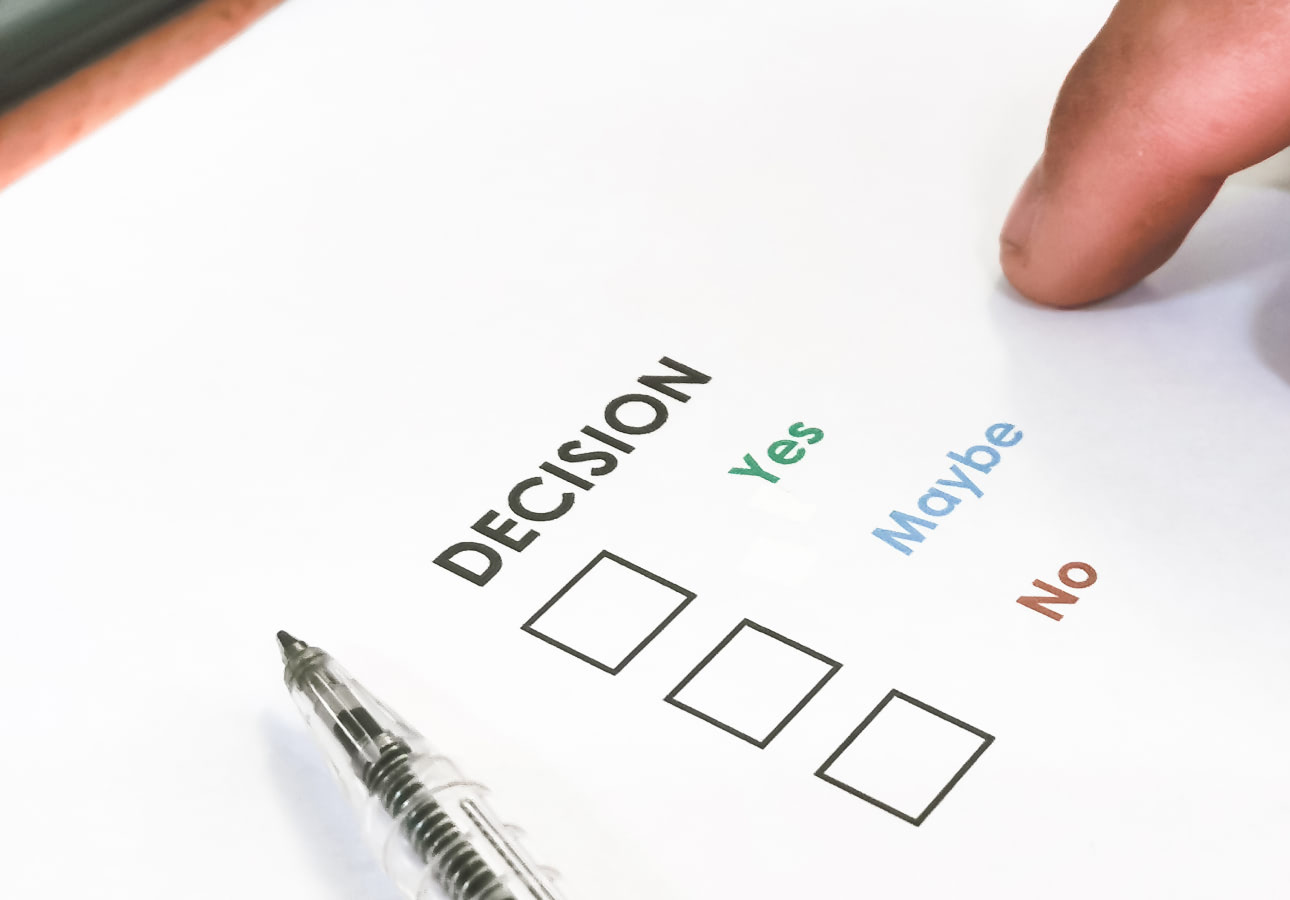
7. Keep track of decisions
Decisions are the backbone of any meeting. While conversations might wander or shift focus, the final outcomes and next steps are what really drive progress forward. So, it's crucial to keep track of every key decision made during the meeting to ensure clarity and alignment among your team.
Here are some ways to stay on top of decisions:
- Document every decision. When a decision is made, write it down clearly and succinctly. Avoid vague language. This ensures there’s no ambiguity later, especially when revisiting the notes for follow-ups or accountability.
- Capture next steps and action items. Every decision should lead to an action. Record the tasks or next steps that arise from these decisions, along with who is responsible for carrying them out. This helps maintain momentum after the meeting. (More on this below.)
- Identify the decision’s impact. Note how the decision affects the project, team, or workflow. Does it change the timeline? Does it shift responsibilities? By outlining the potential consequences, your team will be better prepared to move forward effectively.
- Track key outcomes. When a decision leads to a specific result, be sure to highlight it. Whether it's resolving a long-standing issue, setting a new strategy, or green-lighting a project, making these outcomes visible in your notes adds value for future discussions.
By clearly documenting decisions and their outcomes, you'll prevent misunderstandings and ensure your team remains aligned on next steps. This not only boosts productivity but also provides a concrete record for future reference when evaluating progress or reviewing past choices.

8. Note action items
Every meeting should conclude with a clear plan of action. Documenting specific action items ensures the discussions translate into meaningful progress. Without a clear list of next steps, it’s easy for tasks to fall through the cracks.
Here’s how to capture actionable items effectively:
- Be specific. For each action item, detail the task, the responsible person, and the desired due date. Avoid vague phrasing—clearly state what needs to be done and how it will be accomplished. For example, "Follow up with Sarah to get the sales report by Friday" is much clearer than simply writing "Get report."
- Identify the next step. Write down what the immediate next step is. Whether it’s scheduling a follow-up meeting, sending a report, or drafting a memo, make sure you’ve defined the next move for every action item.
- Assign responsibility. Make sure to note who is accountable for each task. This ensures ownership and helps avoid confusion about who is handling what. It also makes it easier to follow up later and check progress.
- Set deadlines: Record when each task should be completed. Even if it’s just a rough timeframe, this helps keep everyone aligned and prevents delays in the project timeline.
A clear list of action items brings focus and structure to your team's efforts after the meeting. Sharing these notes with all stakeholders also serves as a useful reference point for everyone involved, keeping the team on the same page and driving accountability for follow-through.

9. Use abbreviations and/or shorthand
Using abbreviations and shorthand can save you time during meetings and make your notes more streamlined and efficient.
Here’s how to make the most of them:
- Abbreviations. Create acronyms and abbreviations to represent teams, projects, or frequently mentioned concepts. This cuts down on time spent writing and allows you to quickly reference important details later without losing track of key information.
- Color-coding. Visual cues can help you organize your notes more effectively. For instance, you might highlight action items in pink, questions in blue, and new ideas in yellow. This way, you can quickly locate what you need without having to sift through lengthy paragraphs.
- Symbols. Symbols are another great way to categorize your notes. You could use a star (*) to mark action items, an exclamation point (!) for decisions, or an upward arrow (↑) to indicate updates or progress.
By using a mix of these techniques, you’ll create a system that works for you, helping you capture and organize the details that matter most. These small tweaks can make a big difference in how quickly you process your notes during and after the meeting.

10. Get clarification
Meetings often move at a fast pace, and it’s easy for important decisions or next steps to be missed or glossed over.
When something isn’t fully explained or is left open-ended, it's crucial to seek clarification to avoid confusion later. Taking a moment to ensure everything is clear before moving on will save you and your team from potential miscommunication or errors down the line.
Here’s how you can get the clarity you need:
- Ask direct questions. If you're unsure about a decision or task, don't hesitate to ask for confirmation. For example, “Just to clarify, what’s the final decision on this?” or “Who will be handling this next step?”
- Paraphrase or summarize. A good technique is to restate what you think you heard. You might say something like, “So, if I’m understanding correctly, we’re moving forward with Plan B, and the next step is for marketing to draft the proposal?”
- Request specific details. Sometimes, you’ll need more information to understand a task fully. In those cases, ask for examples, additional context, or references to make sure everything is clear. If you’re confused, others might be too, so asking for clarity can benefit the whole group.
Getting clarification isn’t just about avoiding mistakes. It also ensures that your notes capture accurate information, which can be vital when decisions or tasks need to be revisited later. Making sure every point is clear helps keep the team aligned and focused on the same goals.

11. Share with your team
Once your meeting wraps up, your job isn’t over just yet.
Sharing your notes with the entire team is a key part of making sure the meeting has a lasting impact. Whether it's through email or a shared document, distributing your notes helps ensure that everyone stays informed, especially those who couldn’t attend.
Here’s why sharing your notes is so important:
- Keeps everyone in the loop. Team members who missed the meeting can quickly catch up by reading through the notes. This prevents them from feeling out of the loop and keeps them engaged for future discussions.
- Creates a reliable reference point. Shared meeting notes serve as a permanent record of what was discussed, what decisions were made, and what tasks were assigned. This reference becomes crucial when it’s time to follow up or revisit past discussions.
- Encourages collaboration. Sharing the document allows others to fill in any gaps or add their own insights. If you missed something, someone else can jump in to make sure the notes are as complete as possible.
- Boosts accountability. Clear documentation of action items and decisions lets everyone see who is responsible for what, which improves accountability and ensures progress on the tasks outlined.
Ultimately, sharing meeting notes isn't just about disseminating information. It’s about fostering a sense of teamwork and collaboration. When everyone has access to the same information, it keeps the team aligned, enhances productivity, and helps pave the way for more effective meetings in the future.

Take your best notes with Paperlike
Taking great meeting notes is all about staying organized, focusing on key information, and making sure that your notes are clear and actionable.
By following these tips, you’ll improve how you capture and share the most important parts of your meetings.
When you’re taking notes digitally, using Paperlike’s Screen Protector can make all the difference. It adds friction and resistance to make writing on the iPad feel more natural, emulating the feel of using paper and pen. This helps you take better, more precise notes, improving both your experience and productivity.
And if you really want to elevate your notetaking experience, explore the range of accessories Paperlike has to offer. These products are designed to enhance your comfort and efficiency while using your iPad, making it easier to stay focused for longer.



